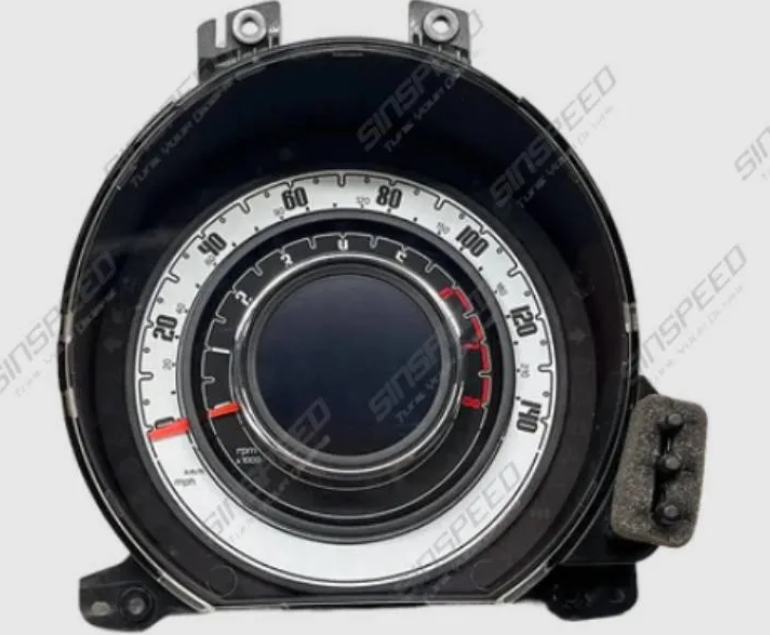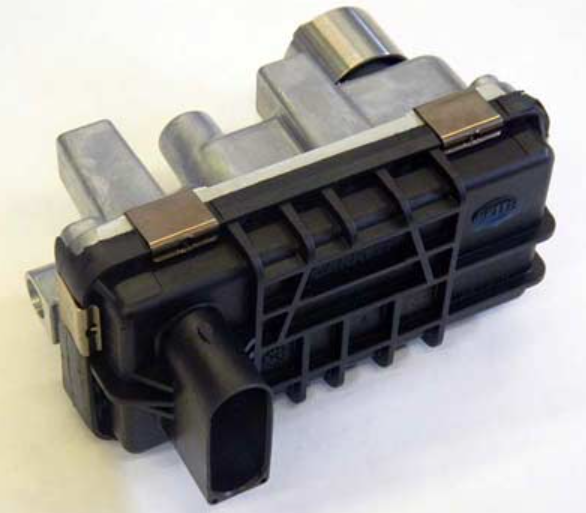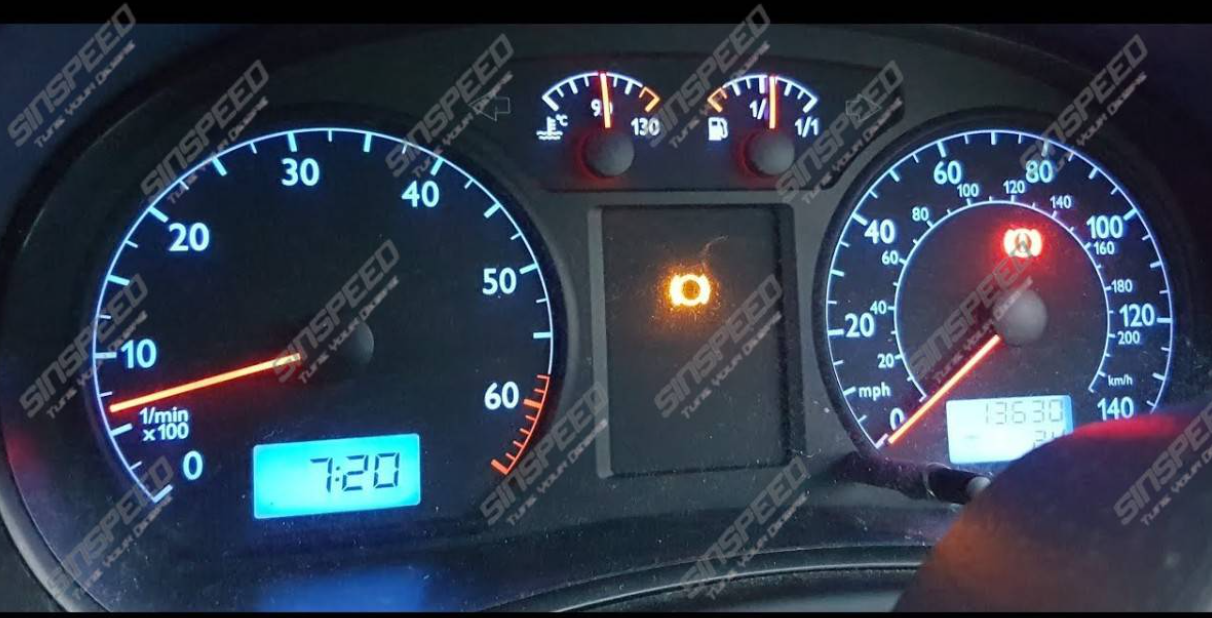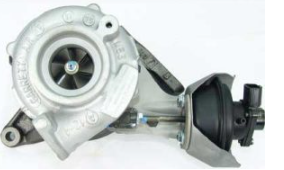
Modern vehicles come equipped with a variety of dashboard lights and indicators—each one designed to give you insight into your car’s health. One of the most important of these is the ABS warning light. When this light comes on, it means your Anti-lock Braking System (ABS) isn’t functioning as it should, and it’s a signal you should never ignore.
In this article, we’ll explore everything you need to know about the ABS warning light: what it means, what causes it, whether you can continue driving with it, and how to fix and prevent future problems.
What Is the ABS Warning Light?
The ABS warning light is part of your car’s onboard diagnostics. It usually lights up in yellow or amber with the letters “ABS” or a circle with “ABS” inside it. You might notice this light briefly turn on when you start the engine—that’s normal. It’s a self-check to ensure the system is working. But if it stays on or appears while you're driving, it’s telling you there’s a problem.
The Anti-lock Braking System helps prevent your wheels from locking up during sudden or hard braking. Instead of the wheels skidding or losing grip, ABS rapidly pulses the brakes, allowing the driver to retain control and steer around obstacles. If the system fails, you lose this critical safety feature.
Why Is the ABS Warning Light On?
The ABS system is complex and involves sensors, electrical components, and hydraulic parts. A fault in any of these can trigger the warning light. Below are the most common causes:
1. Faulty Wheel Speed Sensors
Wheel speed sensors monitor the rotation of each wheel. They send this data to the ABS control module. If one of these sensors fails or gives inaccurate data, the system assumes a wheel could lock and shuts down ABS to prevent unsafe behavior.
2. Damaged or Dirty Sensor Wiring
Even if the sensors are fine, worn or corroded wiring can interfere with the signal. Dirt and road debris can also clog the sensor area, resulting in a false fault detection.
3. Low Brake Fluid
Brake fluid is vital for the operation of both the ABS and regular braking systems. If fluid levels drop too low—possibly due to a leak—the ABS may disable itself and alert you via the dashboard light.
4. Malfunctioning ABS Module
The ABS control module processes sensor data and manages the pulsing of the brakes. If this module fails, often due to moisture or internal wear, the system will shut down.
5. Worn Hydraulic Pump or Valves
Some ABS systems include pumps and valves to adjust brake pressure. If these parts wear out or stick, the system may detect abnormal function and trigger the warning light.
6. Blown Fuse or Relay
The ABS system relies on electrical components. A blown fuse or failed relay can prevent the system from powering on, causing the light to appear.
Can I Drive With the ABS Warning Light On?
Yes, you can usually continue driving with the ABS light on—but with caution. Your standard brakes will still function, but the added safety and control of ABS will not.
Here’s what to keep in mind:
Stopping distances may increase, especially on wet or icy roads.
Wheel lockup is more likely during hard braking.
Control may be harder to maintain in emergency stops.
If the ABS light is on by itself, it's not an immediate emergency, but it should be diagnosed as soon as possible. However, if it’s accompanied by the red brake warning light, pull over immediately. This could indicate a serious braking system failure that puts your safety at risk.
What To Do When the ABS Warning Light Comes On
Here’s a step-by-step guide to follow when your ABS light turns on:
1. Turn Off and Restart the Engine
Sometimes the light is triggered by a temporary glitch. Restarting the vehicle may reset the system and turn the light off.
2. Check Brake Fluid
Open your hood and inspect the brake fluid reservoir. If the level is low, add the correct type of fluid—but never overfill. If fluid levels continue to drop, you may have a leak.
3. Inspect for Dirt or Damage
If you’re able to, inspect the area around your wheels for signs of sensor damage or dirt buildup. A clogged sensor may be causing a false reading.
4. Use a Diagnostic Scanner
An OBD-II scanner can read error codes from your vehicle’s computer. This will help pinpoint the faulty component, whether it’s a sensor, module, or wiring issue. Many parts shops offer free scans.
5. Visit a Professional Mechanic
If you can’t clear the issue yourself or don’t have diagnostic tools, it’s best to have the system checked by a qualified technician. They can run tests, clean sensors, replace components, and ensure your ABS is restored properly.
How to Prevent the ABS Light from Coming On
While some ABS issues are inevitable with age, many can be prevented through routine maintenance and awareness. Here’s how:
Check brake fluid levels regularly, especially during seasonal maintenance.
Clean wheel sensors periodically to prevent debris buildup.
Inspect brake pads and rotors for wear that might impact system performance.
Have your braking system serviced annually, even if there are no issues.
Protect electrical components—avoid excessive water pressure near wheels when washing your car.
Proactive maintenance not only helps avoid unexpected warning lights but also ensures your brakes work at peak safety and performance.
The Importance of Acting Quickly
Ignoring the ABS warning light doesn’t just mean losing a feature—it means potentially compromising your safety. ABS is particularly useful in emergencies and poor road conditions. Even skilled drivers benefit from the enhanced control and shorter stopping distances it offers.
Fixing an ABS issue early can prevent it from escalating into more serious (and more expensive) brake system failures. It also ensures your vehicle stays roadworthy and compliant with safety regulations.
Final Thoughts
The ABS warning light is your car’s way of saying, “I need attention.” It doesn’t always mean an immediate danger, but it does signal that one of your vehicle’s key safety systems is offline. Whether it’s a faulty sensor, low fluid, or a failing control module, the sooner you identify and resolve the issue, the safer you’ll be.
Pay attention to your dashboard, follow up on warning signs, and don’t hesitate to seek help if you’re unsure. Understanding your ABS system—and the warning light that protects it—can make all the difference in how your car responds when it matters most.








Write a comment ...